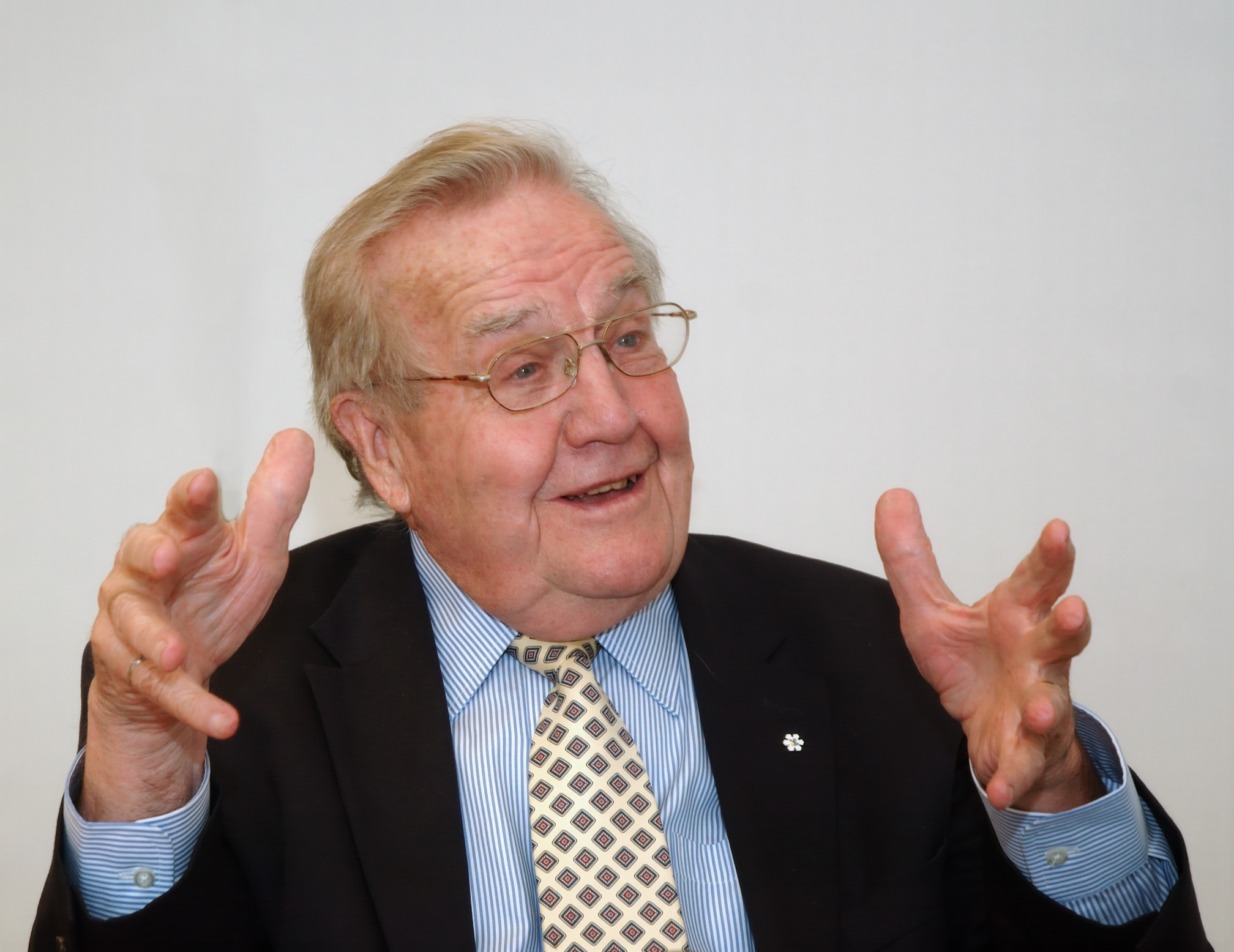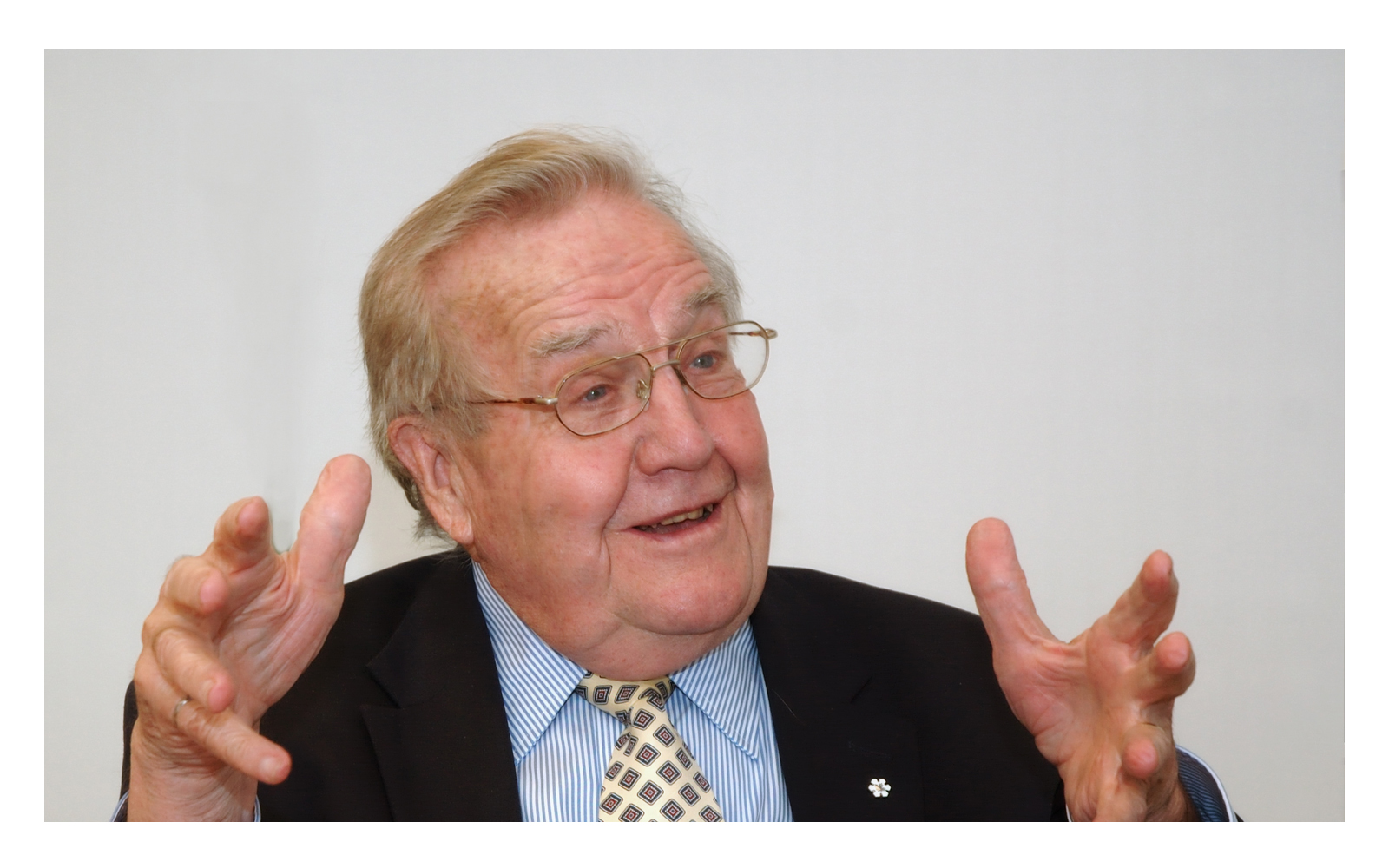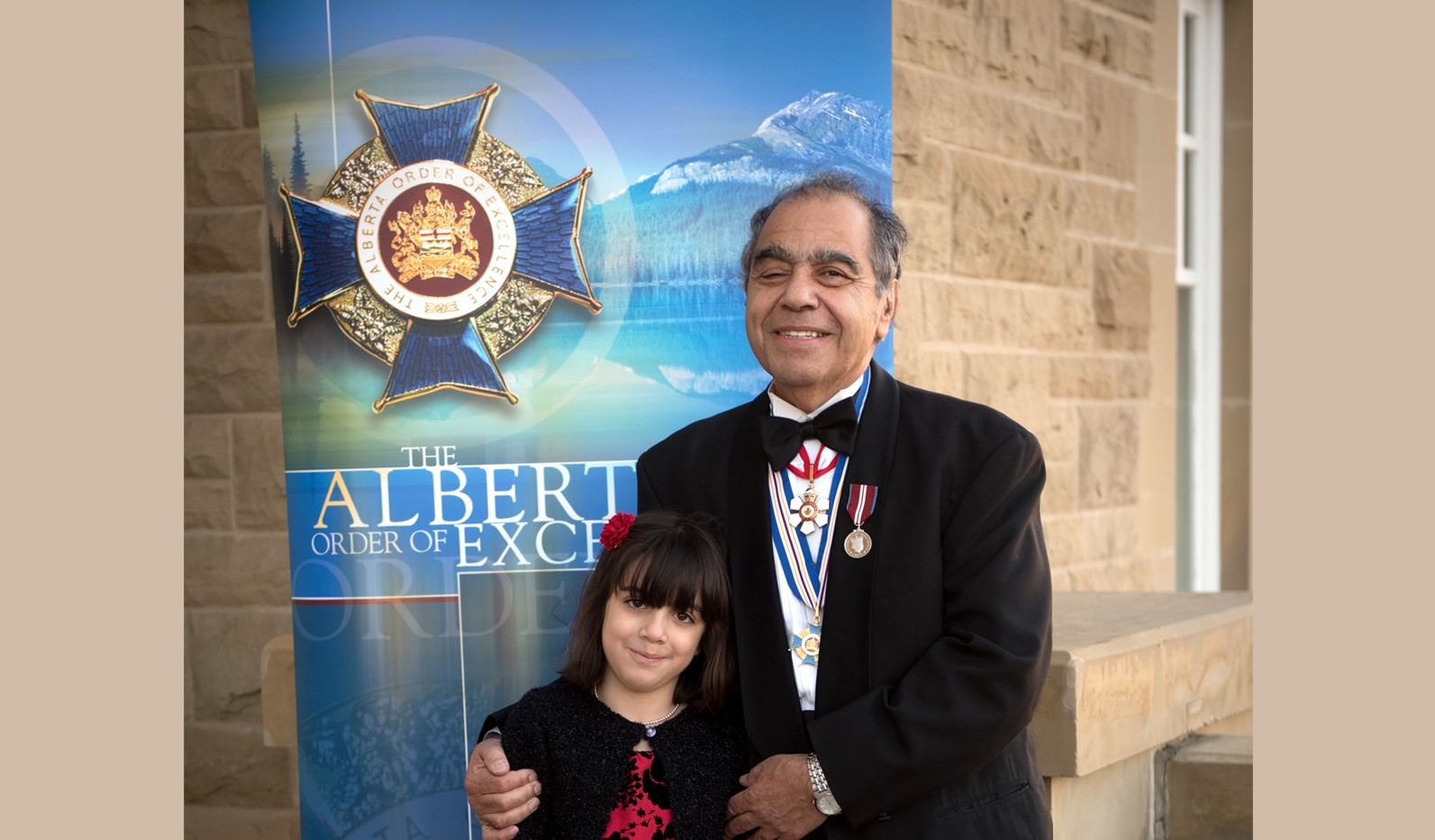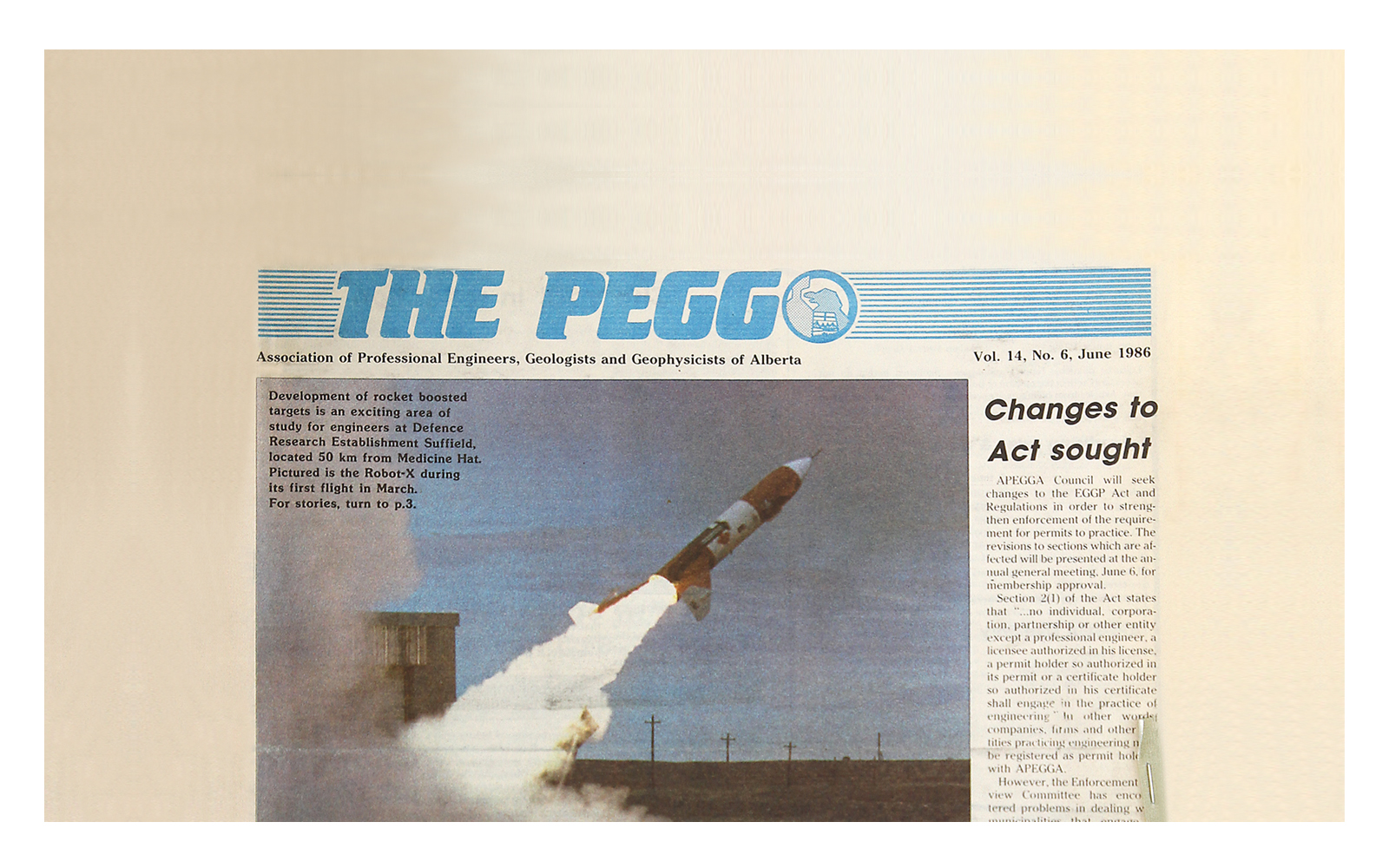Photo courtesy of P. Colton
Seismic Evolution: Roy Lindseth, P.Geoph.
He didn’t think anyone would show up. It was 1966, a hot summer afternoon in Calgary, and Roy Lindseth, P.Geoph., was scheduled to deliver a lecture on digital seismic processing for the Canadian Society of Exploration Geophysicists (CSEG).
To his surprise, he packed the place.
Digital technology was taking the geophysical world by storm and others were keen to learn from Lindseth, who was at the forefront of the evolution.
“Early digital processing was no different from magic, and some people cloaked it in a lot of mathematics and mumbo-jumbo,” he recalled in a 2007 interview with CSEG.
That wasn’t Lindseth’s way. He had a knack for clearly explaining how the new technology worked. “For whatever reason, I could explain the physical properties fairly well,” he said.
So well, in fact, Lindseth was asked to take his lecture on tour. He travelled to more than 30 countries that year, sharing his expertise on behalf of the international Society of Exploration Geophysicists.
The knowledge he shared was based upon through his own hands-on experience.
After working in the oilpatch in Latin America for 15 years, he returned to Calgary in 1960. Soon after, he joined forces with other investors to purchase Calgary’s first heavy-duty scientific computer.
The IBM 650 Magnetic Drum Data Processing Machine was a sight to see, on display in the front window of a downtown office building. Weighing in at about three tonnes, it was digitizing seismic logs to help Alberta oil and gas companies speed up data analysis and improve drilling results.
“We insisted (our operators) be well dressed. They had white shirts and ties on and this was a great show, you know, at night, these brilliant lights. People would stop on the street, stop and see this wonderful machine,” Lindseth later said in an interview for the Petroleum Industry Oral History Project.
Almost as soon as the 650 arrived, Lindseth needed more programming memory, An additional 16,000-kilobyte core cost the group $100,000 and was about three feet wide, a foot deep, and six feet tall.
“We had a plotter that was a hybrid,” he said “It took digital feed, but it converted the signal to analog and moved a pen around the paper. So those were interesting times, believe me, learning as we went because we were developing,” he said.
In 1972, Lindseth started a petroleum consulting firm, Teknica Resource Development, and continued to pioneer seismic exploration technology over the next two decades. He invented the Seislog, an early form of seismic inversion, and developed the Compac 75, the first mini-computer seismic system in Canada.
Lindseth was active with several associations and, in 1979 became the first geophysicist elected as APEGA President. Among his many honours, he was named a member of the Order of Canada in 1996.
Active as a consultant into his 80s, Lindseth’s scientific contributions over a 65-year career made a significant and lasting impact on petroleum exploration and development, in Canada and around the world.
The team from Geophysical Services Inc. gathers around a seismic recorder in the company’s Calgary office in 1949. The device would have been mounted to a truck and taken into the field to perform seismic surveys for oil and gas exploration. Before digital data arrived in the 1960s, seismic recordings appeared as so-called wiggle traces on black and white photographic paper. The round object in the upper part of the box held the paper and threaded it over the 10 light sources, which were attached to geophones that recorded shock waves generated by underground explosive charges. The paper dropped into a box below where it was chemically developed and later analyzed by geophysical interpreters to determine potential reservoir locations.

Provincial Archives P2310
Roy Lindseth, P.Geoph., pioneered work in digital signal processing and was the first geoscientist elected as APEGA’s President in 1979. In a 2007 interview with the Canadian Society of Exploration Geophysicists, Roy Lindseth, P.Geoph., reminisced about his long and illustrious career. “I’ve had more good things happen to me than to most people, and life has given me more than my share of adventure,” he noted.

Photo courtesy of P. Colton



